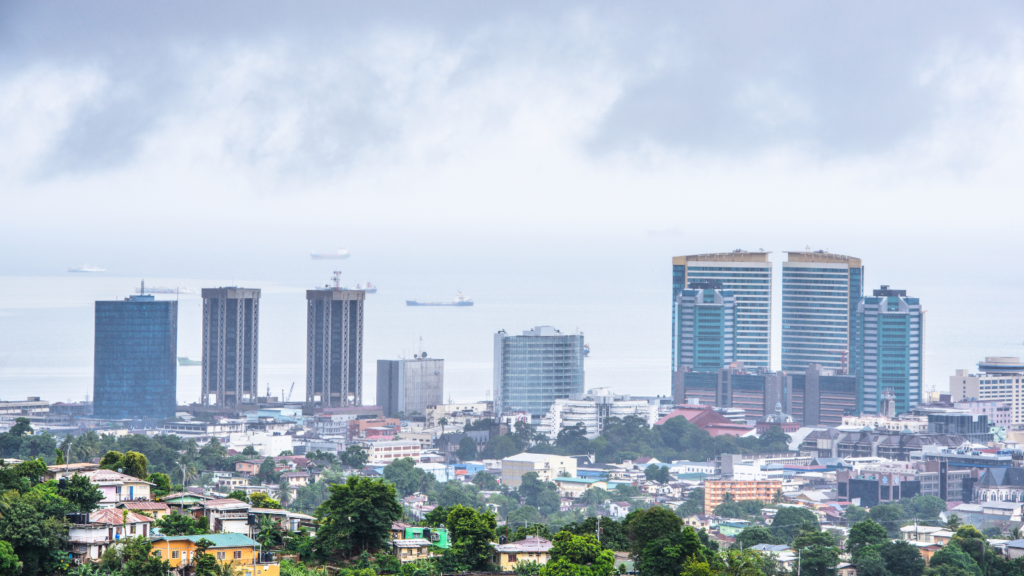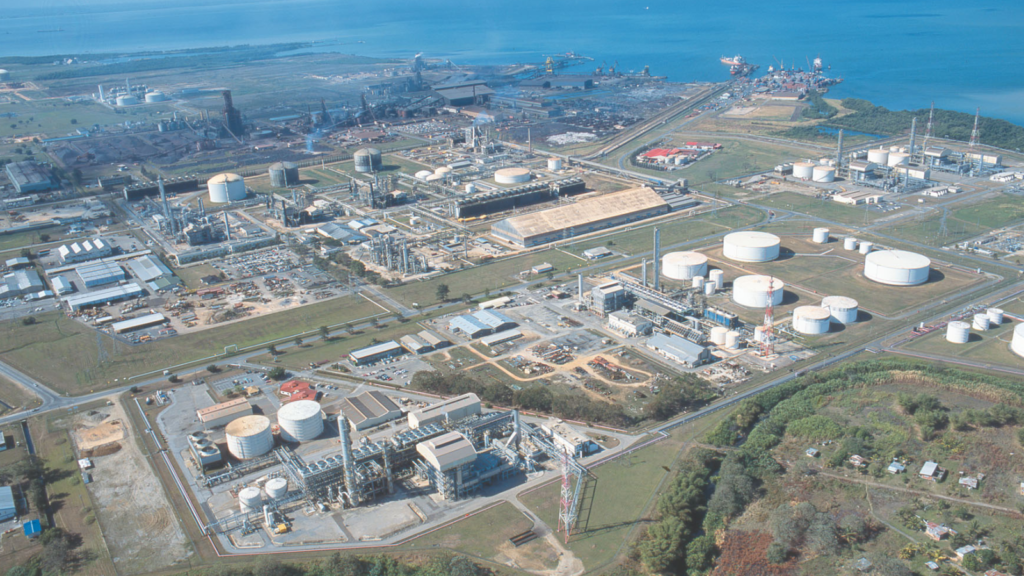Trinidad and Tobago has set a goal of 30% renewable energy power generation by 2030. Is this realistic? With a mature oil and gas industry, many people wonder how feasible it is for this country to engage in an energy transition at this time.
The country, through the Finance Minister Colm Imbert, has already stated that, “it certainly cannot abandon the production of oil and gas as the economy is tremendously dependent on that industry, but what Trinidad and Tobago can do is to reduce its carbon footprint, small as it is, by maximizing the use of renewable energy for electricity production and promoting green energy sources, such as green hydrogen, as the country carefully maps out its plan for energy transition.”

What is green hydrogen?
Green hydrogen (GH2), as the name implies, is an innovative way to continue harvesting and using hydrogen without relying on fossil fuels. Therefore, it is green energy due to the use of water through the process of electrolysis to produce energy. By using electricity mostly generated by solar energy, an electrolyser will split the hydrogen from water molecules. This process produces pure hydrogen, with no harmful by-products. Thus, resulting in the production of green hydrogen.
Why is green hydrogen a good alternative for Trinidad and Tobago?
A study developed by the National Energy Corporation of Trinidad and Tobago with support from the Inter-American Development Bank reinforces the sentiment of the massive potential for green hydrogen in the Caribbean twin-island nation. The roadmap makes a strong case for the development of a green hydrogen industry in Trinidad and Tobago, as this potential energy is predicted to supply at least 12% of the world’s energy demand by 2050. In a country which already has the building blocks to position itself as a regional green hydrogen and ammonia/methanol trading, storage and production hub for the Americas, green hydrogen is considered the next step. It is a viable decarbonization option for the power and industrial sectors.
In 2022, the government unveiled a 35-year roadmap to leverage Trinidad and Tobago’s comparative advantages in petrochemicals to produce green hydrogen (GH2) and downstream green products such as ammonia and methanol. The country could utilize renewable energy to produce green hydrogen as an alternative to natural gas in the production of petrochemicals.
This would both free up additional natural gas for export as well as reduce the carbon intensity of petrochemicals, making them more competitive in markets with carbon pricing. Green methanol may also be used as a future shipping fuel, which would allow Trinidad and Tobago to refuel ships with domestically produced methanol, rather than with imported oil products.
Furthermore, the Government has produced a draft Renewable Energy Policy and Implementation plan and is working towards a legislative framework for the use of Green Hydrogen as a renewable energy sources and a contributor to decarbonisation by 2025.
NGC and New Gen Limited have deepened their partnership to develop an industrial-scale Carbon Neutral/Green Hydrogen Plant, which will produce carbon-neutral hydrogen for downstream processing via a process of water electrolysis. This new supply of Low Carbon & Green Hydrogen (H2) will be used as additional feedstock within the Point Lisas Industrial Estate in Trinidad. The Project is estimated at a total of USD $300M-$400M and is currently entering into its Front End Engineering Design (FEED) phase of development.
Andrew Hosein, a Research Specialist at the Energy Chamber of Trinidad and Tobago, noted, “Wind energy is particularly important since it was identified that it needs approximately 5GW of wind energy to assist in the development of a green hydrogen economy. This is critical as the petrochemical sector requires green hydrogen as a means to reduce the carbon intensity of production of methanol and ammonia in particular.”
As a result, Trinidad and Tobago is well poised to be a regional leader in the incorporation of its mature infrastructure, human capital and knowledge of the existing oil and gas industry towards driving a green energy generation via green hydrogen.
What are the challenges in implementing green hydrogen?
Despite the potential that Green Hydrogen can bring to Trinidad and Tobago’s energy transitions, there was no mention of it in the 2025 budget presentation, as focus was placed on solar photovoltaic systems. Currently, efforts are still placed on looking at alternative renewable sources such as solar photovoltaic systems and also wind energy, with projects forthcoming.
Another major challenge to the promotion of renewable energy relates to the current subsidized domestic energy product prices, which make it difficult for renewable energy with high upfront costs to compete in the local scenario. This factor has also contributed to reduced energy efficiency and contributes to wastage.

Therefore, stronger behavioural changes and lifestyle choices within the population on energy consumption patterns must be advocated for through awareness and education as Trinidad and Tobago continues its transition drive.
Despite some immediate challenges, green hydrogen has the potential to revolutionize the energy systems by offering a clean and versatile alternative to fossil fuels in Trinidad and Tobago. Once Trinidad and Tobago advances on implementing Green Hydrogen in the economy, the country stands to gain economic forex revenue while promoting new employment streams. This new implementation also reduces negative environmental impacts while producing health gains from hydrogen produced from low- or zero-emission energy sources and strengthens the national energy transition framework for a sustainable and inclusive economic growth.
—
This story was published with the support of the Caribbean Energy Transition Media Mentorship.